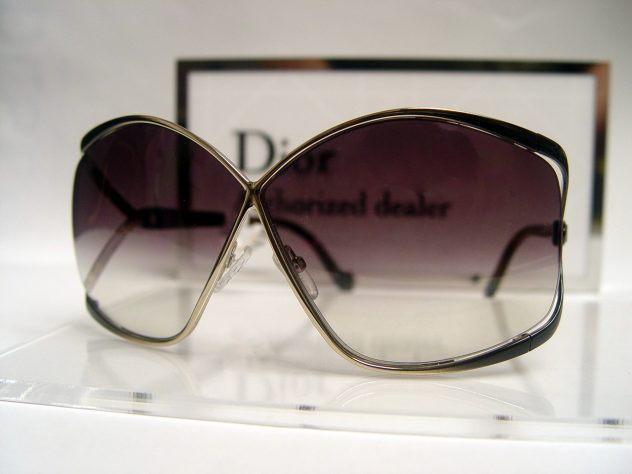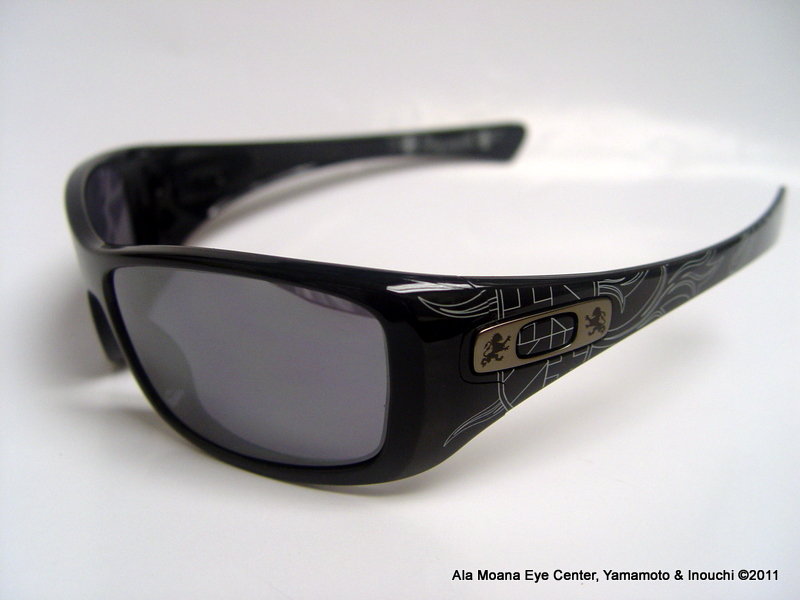The American Optometric Association reminds patients that yearly, comprehensive eye exams remain a critical pathway to eye and vision health
Early symptoms of diabetic eye and vision disorders are often subtle or unnoticed, but new technology, coupled with yearly, comprehensive eye exams, are improving patient outcomes and leading to earlier detection of eye diseases, including those associated with diabetes, which now affects 29 million Americans. If left untreated, these diseases can potentially lead to vision loss or even blindness.
Recently, optometric researchers have deployed a new tool that utilizes advanced optics to detect early warning signs of vision loss that can occur due to diabetes. The instrument uses small mirrors with tiny moveable segments to reflect light into the eye and was successful in finding widespread damage across the retina of patients who were previously not thought to have advanced disease.
“Diabetes is the leading cause of preventable blindness in adults, and eye doctors are continuously working to find new ways to diagnose eye and vision disorders related to this disease,” said Trennda Rittenbach, O.D., spokesperson for the American Optometric Association. “These advancements are critical in offering earlier, better care for patients with diabetes, diabetic retinopathy and other retinal vascular diseases, before an eye problem reaches an advanced stage.”
Individuals with diabetes are at a significantly higher risk for developing eye and vision disorders, including:
Diabetic retinopathy:
One of the most serious sight-threatening complications of diabetes, diabetic retinopathy causes progressive damage to the tiny blood vessels that nourish the retina, the light-sensitive lining at the back of the eye. If left untreated, diabetic retinopathy may lead to blindness.
Glaucoma:
Those with diabetes are 40 percent more likely to suffer from glaucoma than people without diabetes. Glaucoma is a group of eye diseases characterized by damage to the optic nerve resulting in gradual peripheral vision loss.
Cataracts:
With cataracts, the eye’s clear lens clouds, which can block light and interfere with normal vision, and individuals with diabetes are 60 percent more likely to develop cataracts.
Other new advancements are currently in development to further enhance diabetic care, including research on smart contact lenses, which could be used to help monitor blood sugar levels in patients with diabetes and possibly provide a new way to dispense medication slowly over time.
“Though these advancements in technology can assist in the detection and management of eye diseases, they are not replacements for yearly, comprehensive eye exams,” said Dr. Rittenbach. “When the eyes are dilated, an eye doctor is able to examine the optic nerve, the retina and the retinal blood vessels to assess eye health and even a person’s overall health.”
If patients, especially those with diabetes, experience any of the following symptoms, the AOA recommends contacting a doctor of optometry as soon as possible.
- Sudden blurred or double vision
- Trouble reading or focusing on near-work
- Eye pain or pressure
- A noticeable aura or dark ring around lights or illuminated objects
- Visible dark spots in vision or images of flashing lights
The AOA also recommends individuals with diabetes take prescribed medication as directed, keep glycohemoglobin test results (“A1c” or average blood sugar level) consistently under seven percent, stick to a healthy diet that includes Omega 3s, fresh fruits and vegetables, exercise regularly, control high blood pressure and avoid alcohol and smoking.


